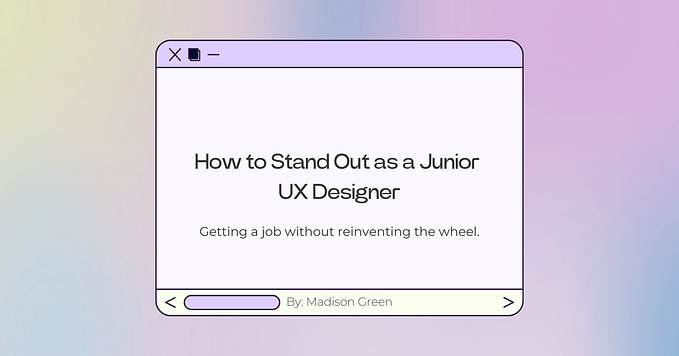Member-only story
Expectation vs. Reality As A UX Designer Working In The Big Four
Anecdotes from people working in Google, Facebook, Amazon and more
As I head into my sixth month of working at Googoo (the less formal but more “Googley” way to say “Google”), I think about some of the expectations that fresh grads may have going into work. If you have already interned at a big company before joining one, then chances are, you probably had these expectations before working.
Once you started work, you probably realized that some of your expectations aren’t really true. This isn’t a bad thing, but the reality isn’t always going to be ideal. There are going to be situations where you need to negotiate because x and y, and it isn’t always going to be smooth. You might not have all the resources needed to execute on a project because the company didn’t expect to be working on something which needed them. This is bound to happen in all organizations, regardless of how developed it is, and I’m here to challenge the assumption that just because you work in the big 4 or another established tech or design agency that you’ll have everything you need as a designer to do great work, because it’s simply not always true.
Along with my thoughts, I talked to a few other designers who are working at big tech companies and consultancies, and compiled their thoughts into an expectation vs. reality structure of what we learned as new grad designers. I hope this gives more insights into what to expect during your first design job, and that working at a big tech company isn’t the most ideal work environment for everyone.
Expectation: “Everything I learn at school is something that I will do at work!”
Reality: What is taught at design school isn’t often reflective of the organization.
I remember my first internship, and how it threw all my expectations out the door as I thought it was going to be exactly like school. Besides working on a project and trying to directly apply the skills I learned at work, I was learning how to apply those skills in the best way possible based on specific scenarios and different audiences.








